









How did a Raven end up in the belly of the Whale?
A musical fairy tale for nine voices and chamber ensemble
Synopsis
Director's note
Description
How was the Raven created?
About the animation
The education programme behind the performance
Sound recording, editing: Studio 19, Kostas Bokos
Musicians: Sophia Alifieraki (flute), Angeliki Kasda (violin), Despina Spanou (cello), Elias Algaer (double bass),
Polyphonic ensemble:
Drossiella Kaloudi, Liana Kokosi, Vivi Sykioti, Vassilios Gounelas, Chryssostomos Kalogridakis, Andreas Karaoulis, Marinos Tarnanas
With the participation of teachers and students from schools of Attica

...is an attempt to interpret and see through the crucial situation in which a large part of the planet has been in for the past years. The initial idea was conceived in 2011-2012 in Athens, where the signs of the crisis were irrefutable and harsh. With Midas’ myth and its symbolic elements as a starting point this play resembles shadow puppetry. All the characters are represented as shadow symbols, like ancient forms that draw their inspiration from a wide range of civilizations in which these elements were used, from the ancient Greek black-figure pottery to the shadow play in Bali and the Japanese Bunraku...
...είναι μια προσπάθεια ανάγνωσης και ερμηνείας της κρίσιμης κατάστασης στην οποία βρίσκεται μεγάλο μέρος του πλανήτη τα τελευταία χρόνια. Η πρώτη ιδέα συνελήφθη την περίοδο 2011 - 2012 στην Αθήνα, εκεί όπου τα σημάδια της κρίσης ήταν πια αδιάψευστα και σκληρά. Εκκινώντας από τον μύθο του Μίδα και διατηρώντας τα συμβολικά του στοιχεία, το έργο αυτό αποδίδεται σαν ένα έργο σκιών. Όλοι οι χαρακτήρες του έργου αναπαρίστανται σαν σκιές σύμβολα, σαν αρχετυπικές φόρμες που αντλούν την έμπνευσή τους από ένα μεγάλο φάσμα πολιτισμών στους οποίους
χρησιμοποιούνται αυτά τα στοιχεία, από την αρχαία ελληνική μελανόμορφη αγγειογραφία μέχρι το θέατρο σκιών του Μπαλί και το Ιαπωνικό Bunraku...
Synopsis
When the story begins, the aged inhabitants of an imaginary land, which is presented as an infinite meadow, are going through a tough test, during which they have to renounce their connection to the Earth and their crops and accept its transformation into a golden kingdom. By adding fertilizer to their crops anything they cultivate from now on will grow gold. They won’t be able to eat what they cultivate and will only drink water instead, until everything turns into gold. The crops, the dirt, the water, themselves, everything becomes a golden landscape. This tough test in which they’re being asked to perform the afore-mentioned command, seems to have a tremendous toll on them. Secluded from any social interaction, with one and only farm animal as their companion and their land, which is being bequeathed to them generation after generation, they can’t help but accept the commands ordered by the power. The chronic obedience to something unknown, to the faceless enforcement of power frightens them and makes them incapable of making their own decisions and resisting. The only character that resists in such a way and cannot comprehend what power is, is a little girl who lives in another dimension of this world’s reality, without being intimidated by the danger dominating the entire kingdom. At nights, when the system pauses as programmed, she meets with six other children and together, liberated from the surrounding seclusion and ignorance, filled with an instinctive primitive spark,
with their secret orgiastic actions they show that the overturn has already begun.
Σύνοψη
Οι ηλικιωμένοι κάτοικοι ενός φανταστικού τόπου που παρουσιάζεται με την μορφή ενός απέραντου χωραφιού, την στιγμή που ξεκινάει η ιστορία περνάνε μια σκληρή δοκιμασία κατά την οποία πρέπει να απαρνηθούν την σύνδεσή τους με τη γη και την καλλιέργειά της και να δεχθούν την μετάλλαξή της σε ένα χρυσό βασίλειο. Ρίχνοντας ένα λίπασμα στα σπαρτά τους, ό,τι σπέρνουν στο εξής θα φυτρώνει χρυσό. Βέβαια δεν θα μπορούν να τρέφονται από αυτά που παράγουν παρά θα πίνουν μονάχα νερό. Μέχρι να χρυσώσουν όλα, τα σπαρτά, το χώμα, το νερό, οι ίδιοι, να γίνουν όλοι ένα χρυσό τοπίο. Αυτή η δύσκολη δοκιμασία στην οποία καλούνται να εκτελέσουν την παραπάνω εντολή, δείχνει να έχει τρομερές συνέπειες επάνω τους. Αποκομμένοι από οποιαδήποτε κοινωνική συναναστροφή, έχοντας μόνο ένα αγροτικό ζώο για συντροφιά και τη γη τους που κληροδοτείται από γενιά σε γενιά, δεν μπορούν παρά να δεχθούν τις εντολές της εξουσίας. Η χρόνια υπακοή σε κάτι άγνωστο, σε μια απρόσωπη επιβολή εξουσίας τους καθιστά φοβισμένους, ανίκανους να αποφασίσουν για την τύχη τους και να αντισταθούν. Μόνος χαρακτήρας που αντιστέκεται με τρόπο τέτοιο που δεν μπορεί να αντιληφθεί η εξουσία είναι ένα μικρό κορίτσι που χωρίς να νιώθει τον κίνδυνο και τον φόβο που απλώνεται στο υπόλοιπο βασίλειο, ζει παράλληλα και μια δεύτερη πραγματικότητα. Τις νύχτες, όταν το υπόλοιπο σύστημα πέφτει σε προγραμματισμένη παύση, συναντιέται με άλλα έξι παιδιά και απελευθερωμένα όλα από την κατάσταση απομόνωσης και άγνοιας, γεμάτα από μια ενστικτώδη και πρωτόγονη ζωντάνια, με την κρυφή τους οργιώδη δράση δείχνουν πως τα πράγματα έχουν ήδη αρχίσει να ανατρέπονται.
Διαβάστε τις κριτικές που γράφτηκαν για το THEOX
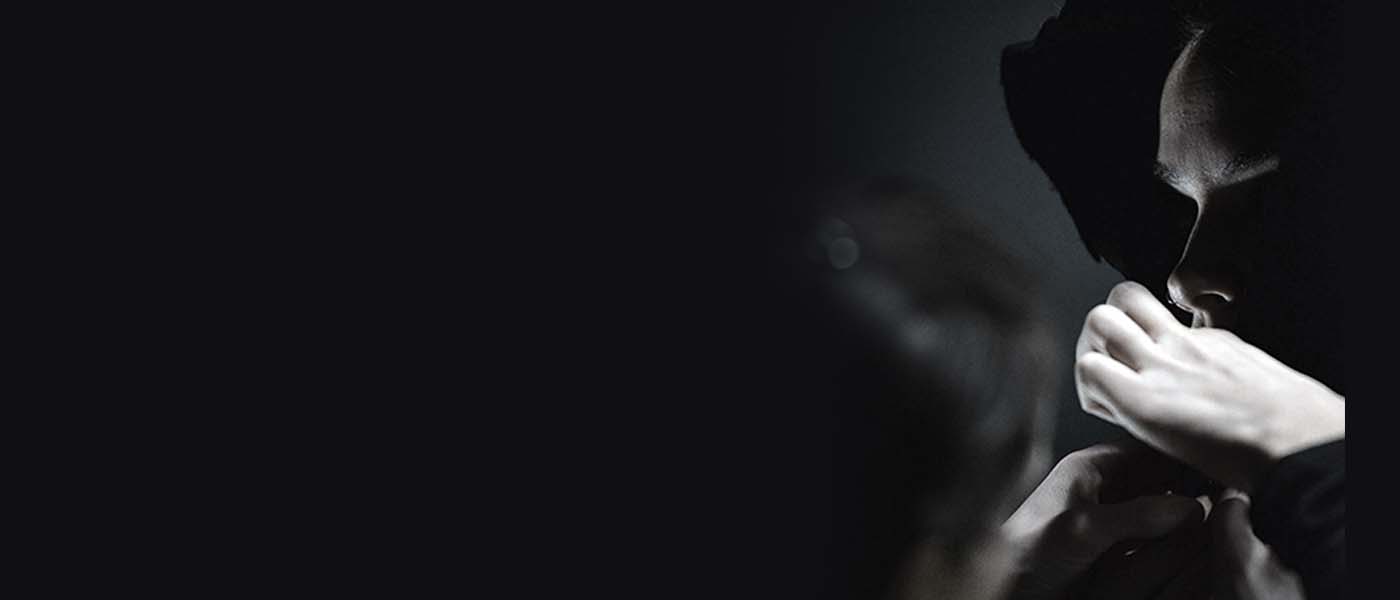
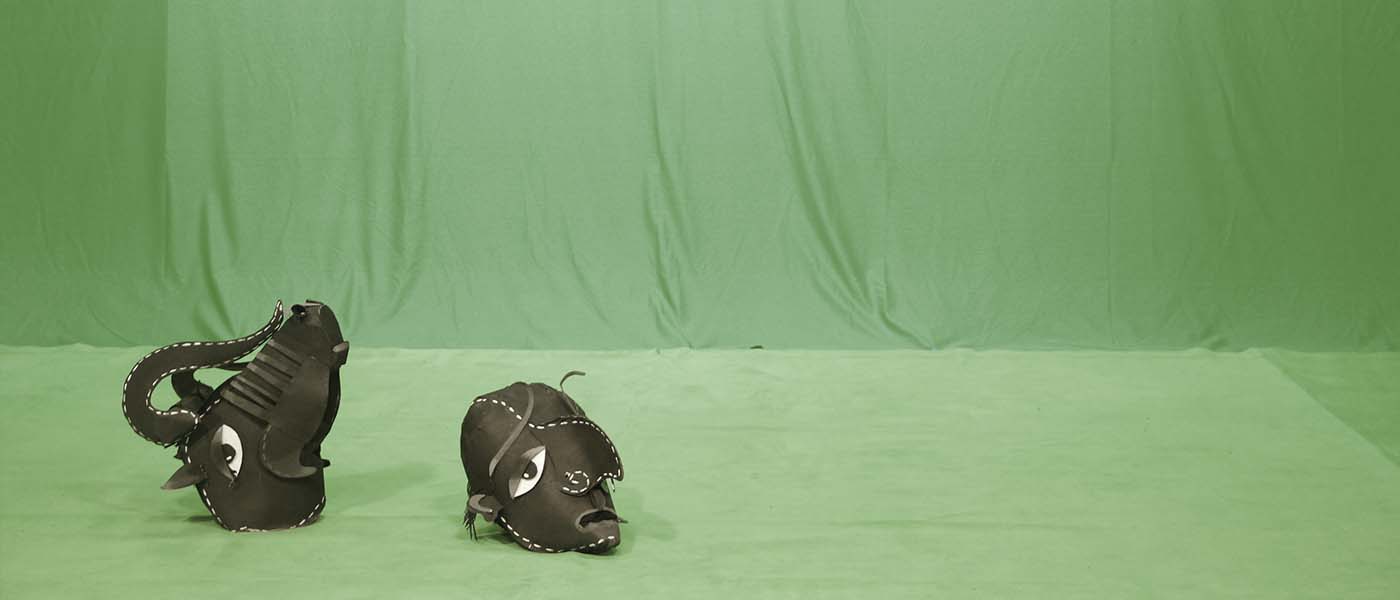
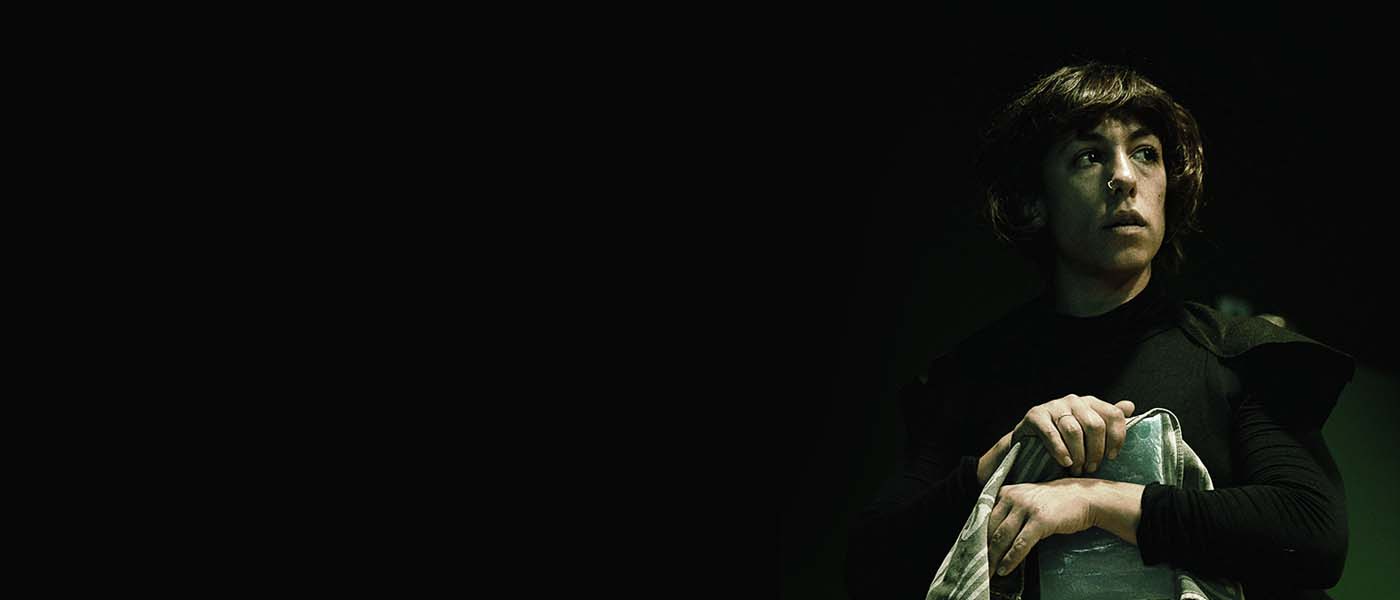
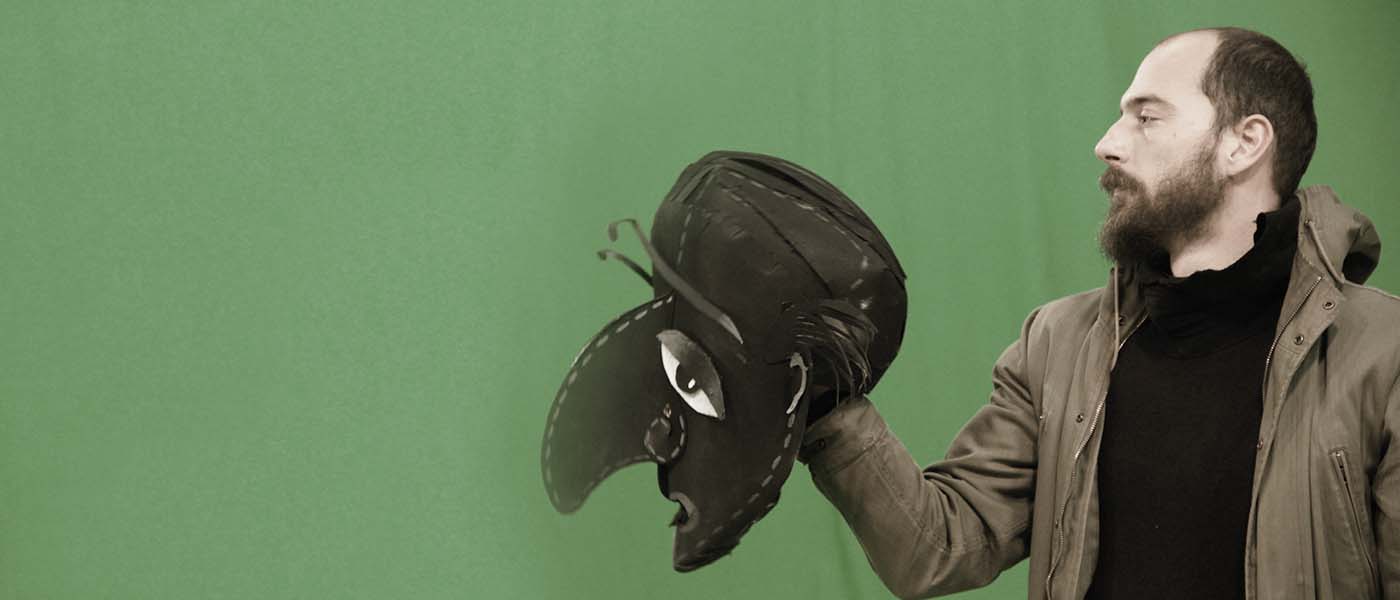
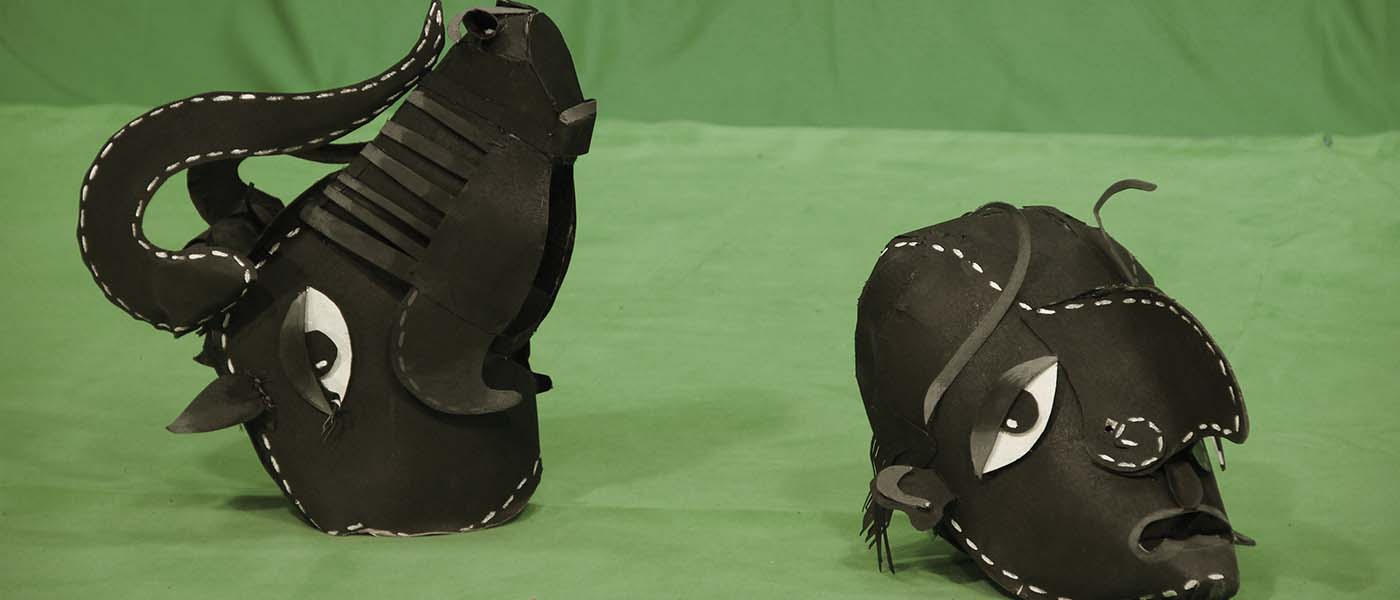
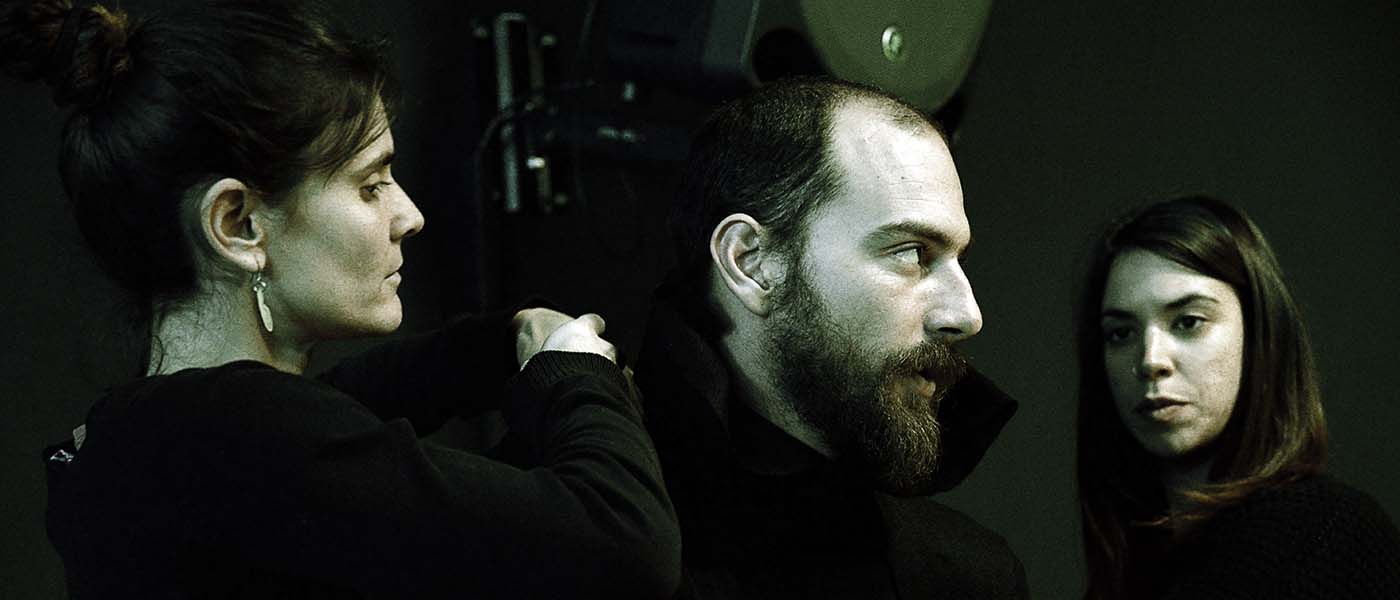
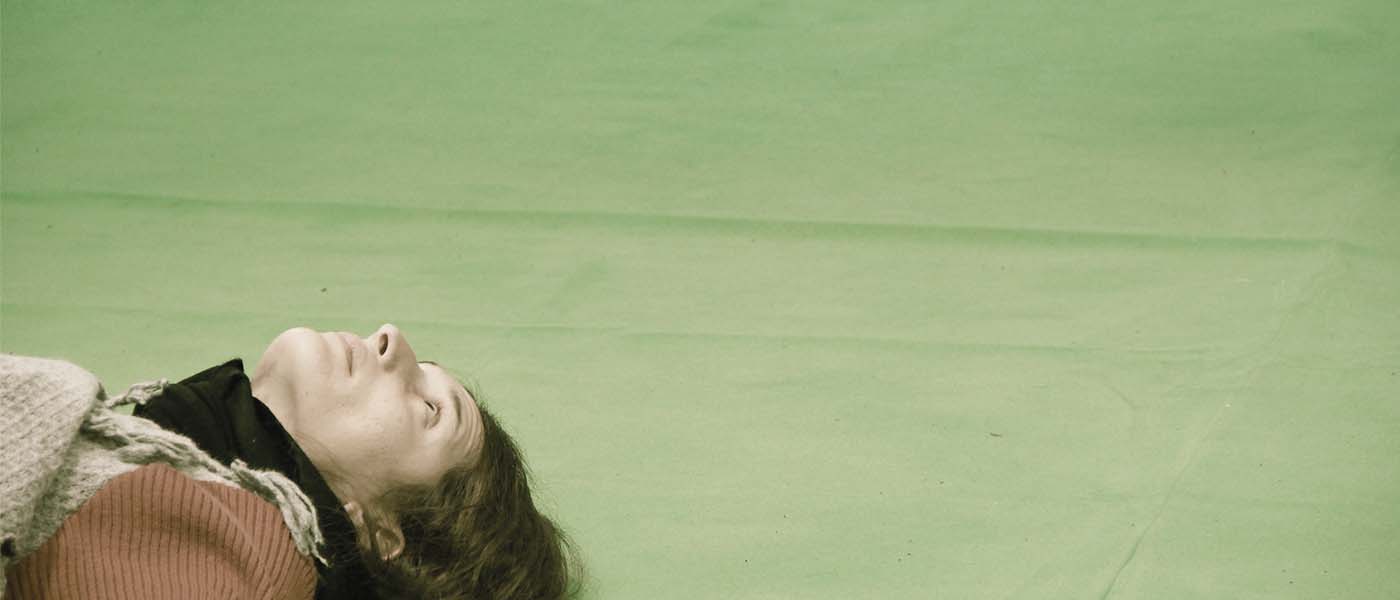
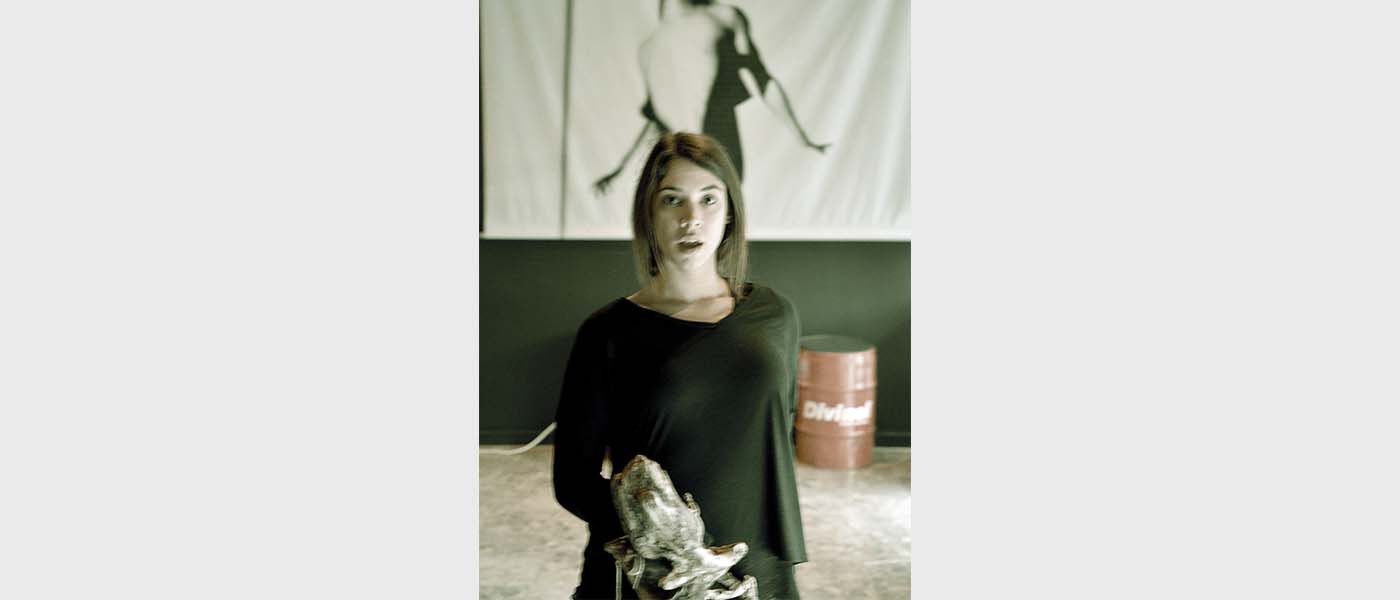
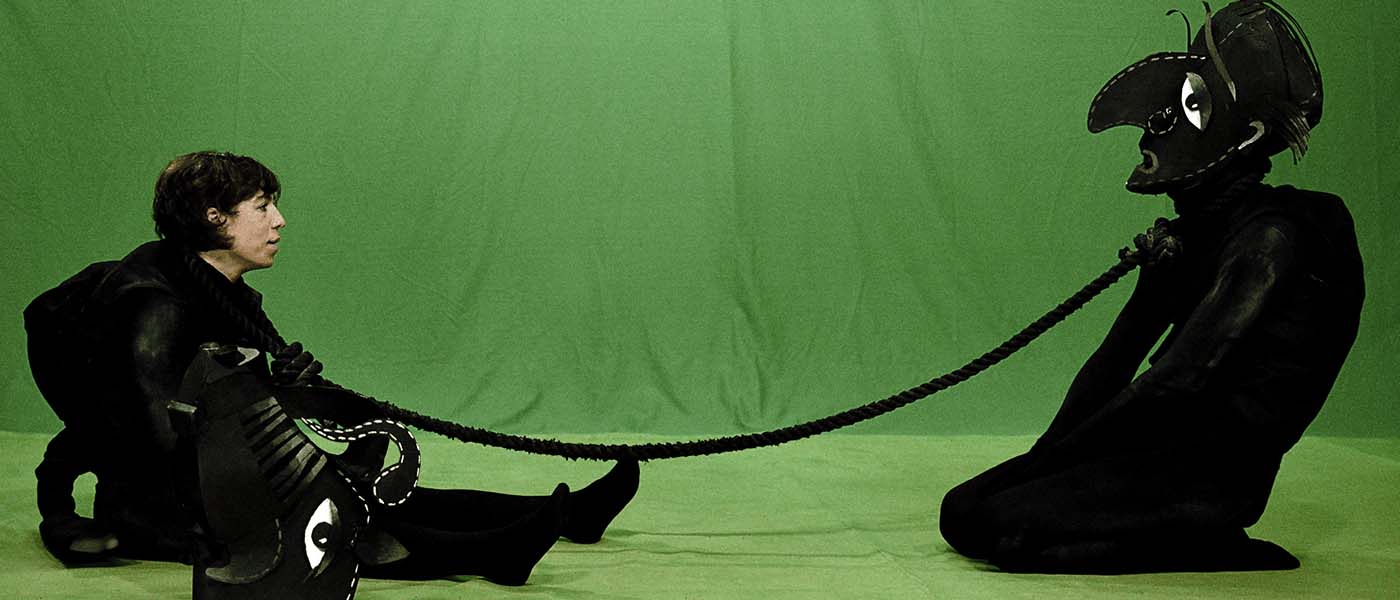
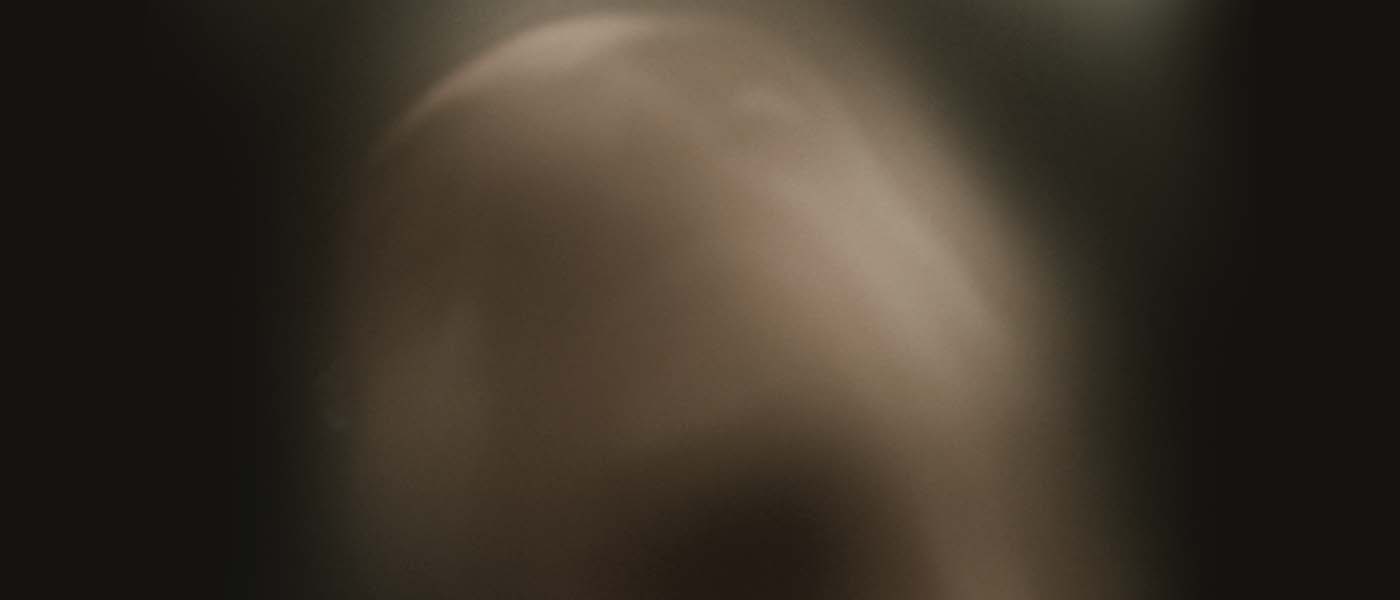
Credits
Director / Producer / Story Giorgos Nikopoulos
Music Composer and Conductor Dimitra Trypani
Masks Nikos Kokkalis
Cast
OLD MAN Dimitris Politis
OX Natali Mandila
GIRL Nancy Manatou
OLD WOMAN Isidora Zolota
ANGEL Natassa Karalia
CONTROLLER Spiros Skordos
KIDS Nancy Manatou, Isidora Zolota, Dimitris Politis
Character Voices Giorgos Nikopoulos
ART
Character & Environmental Design Giorgos Nikopoulos
Mask Design Nikos Kokkalis
Mask Construction Assistant Stefanos Kypriotis
Costume Design The hole performing team
MATERIALS
Costume Materials Margaritis Skolarikis
Environmental Materials Carolina Samoilis, Nikos Biskos, Nena Nikopoulou
Special Construction Materials, AFOI KOURTI, Alekos Martinis, Stamatios Apergis
ANIMATION & CHOREOGRAPHY
Giorgos Nikopoulos
Assistant Choreographer Natali Mandila
SET
Camera Gregoris Panopoulos
Script Morpho Galopoulou
Set Lighting Gregoris Panopoulos, Antonis Chondrogiannis
Chef Electrician, Antonis Chondrogiannis
Assistant Electrician, Nick Krasopoulos
Green Screen Supplies, Giannis Piralis
Set Photographers, Giannis Dimitras, Vicky Grintzou
SOUND
Sound Recording / Sound Design / Mixing Giorgos Gargalas
Sound Mastering Christos Megas
Foley Artist / Mixer / Editor Giorgos Gargalas
Voice over recorded & edited by Giorgos Nikopoulos
All Sounds & Music recorded at EPHMEE Studio
Department of Music Studies / Ionian University / Corfu
MUSIC
Flutes Ria Georgiadis
Doublebass Ntinos Manos
Percussion Dimitra Trypani
Vocals
Sofia Ketentzian, Kiki Kerzeli , Sofia Bardoutsou , Evgenia Pavlidou, Dimitra Trypani,
Antonis Parcharidis, Konstantinos Chirdaris
Friendly flute participation by Sofia Alifieraki
Orchestration Dimitra Trypani
Chorus Consultant Miranda Kaldi
Music Recording & Mixing Giorgos Gargalas
Music Editor Giorgos Gargalas, Dimitra Trypani
Music Mastering, Christos Megas
Translations Nandia Gregoriadou, Dimitra Trypani
POST PRODUCTION STUDIO artcut
Compositing Giorgos Nikopoulos
Coloring Giorgos Nikopoulos, Michalis Gkatzogias
DCP Authoring artcut
SUPPORT TRAILER
Camera Michalis Kapetanidis
Sound Recording Nikos Moustakas
CATERING / Taverna XAGIATI, Cafe Arkouda
PRODUCTION
Production Giorgos Nikopoulos / BAUBO Productions
Co-production artcut
Supported by Garage Performing Arts Center
Supported by O.S.C.S.
Supported by Ionian University - Faculty of Music & Audiovisual Arts
InArts - Interactive Art Research Lab
Supported by Greek Film Center
FESTIVALS
58th Thessaloniki International Film Festival Competition (Thessaloniki, Greece)
3rd FICMARC Caribbean Sea Film Festival (Nueva Esparta, CARIBBEAN)
13th Athens Animfest (Special Screening)
2018 DFK New Wave (Kolkata, WEST BENGAL)
2nd San Antonio Independent Film Festival (ECUADOR)
4th Tlanchana Festival (Metepec, MEXICO)
XVI Cine Pobre FF 2018 (La Paz, MEXICO)
3rd FICII INCA Imperial International Film Festival (Lima, PERU)
2018 Near Nazareth Festival NNF (Afula, ISRAEL)
4th Montevideo World Film Festival (Montevideo, URUGUAY)
3rd Sacramento Underground Film & Arts Festival (Sacramento, USA)
European Film Festival Mainstream & Underground (Moscow, RUSSIA)
2nd CHANIARTOON (Chania, GREECE)
11th Animasyros International Animation Film Festival + Agora (Syros, GREECE)
AWARDS
Best Experimental Film 2018 (3rd FICMARC Caribbean Sea Film Festival)
Special Mention (ASIFA Hellas)
Best International Feature Animation Film (DFK New Wave 2018,WEST BENGAL)
Best Original Score (DFK New Wave 2018, WEST BENGAL)
Best Sound Design (DFK New Wave 2018, WEST BENGAL)
Best Experimental Film 2018 (2nd San Antonio Independent Film Festival, ECUADOR)
Honorable Mention (3rd Experimental Forum, LOS ANGELES)
Special Mention (24th Athens International Film Festival)
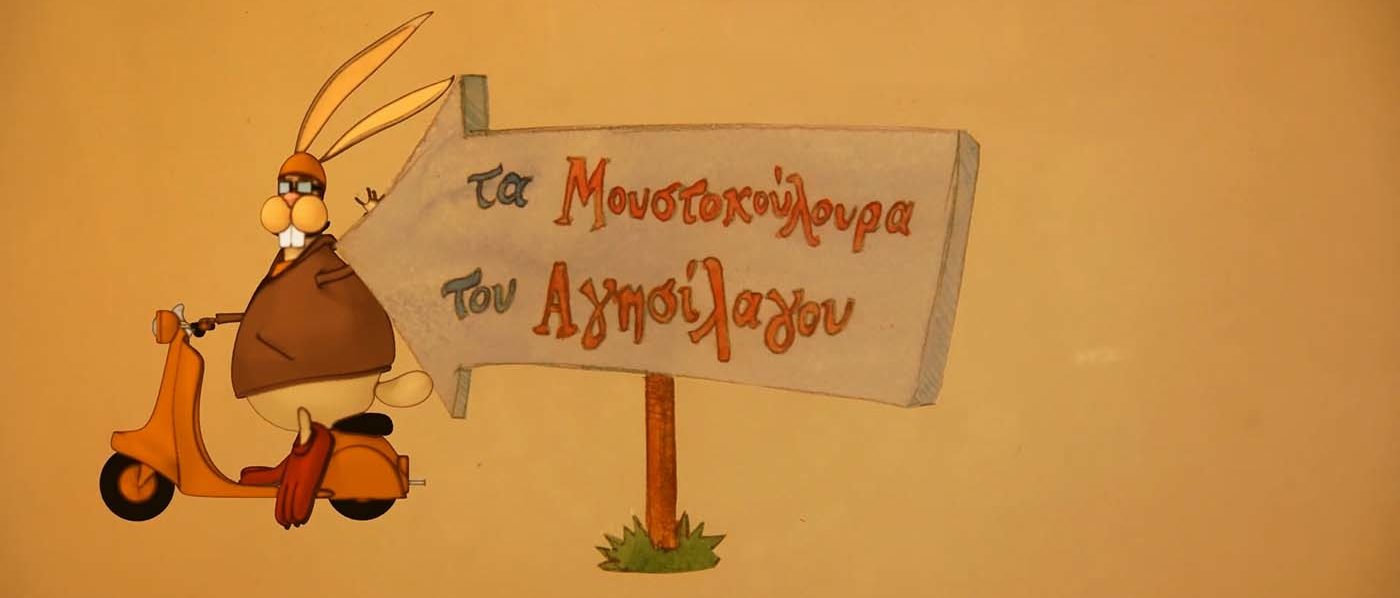
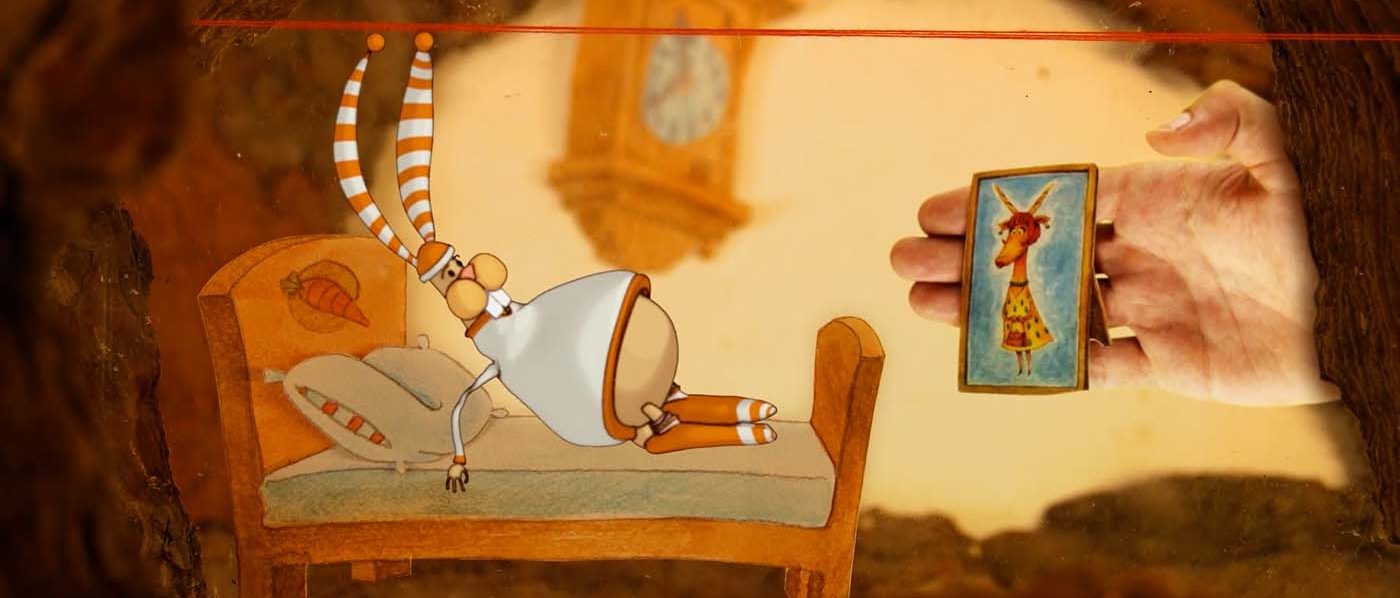
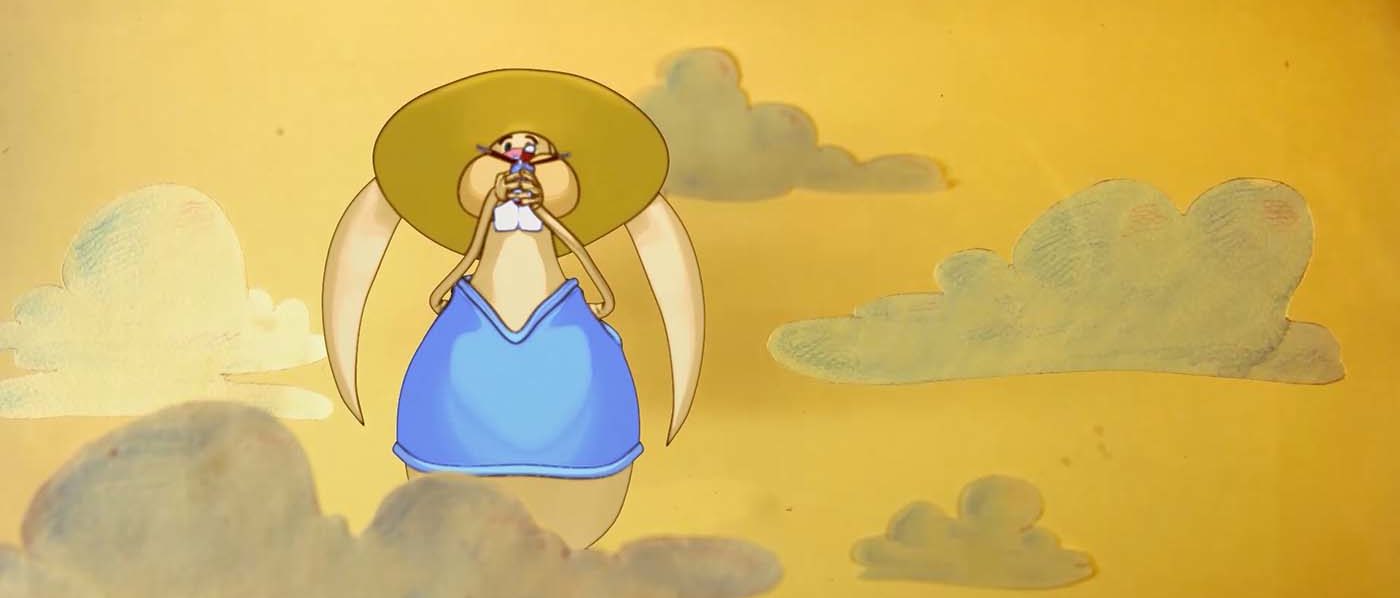
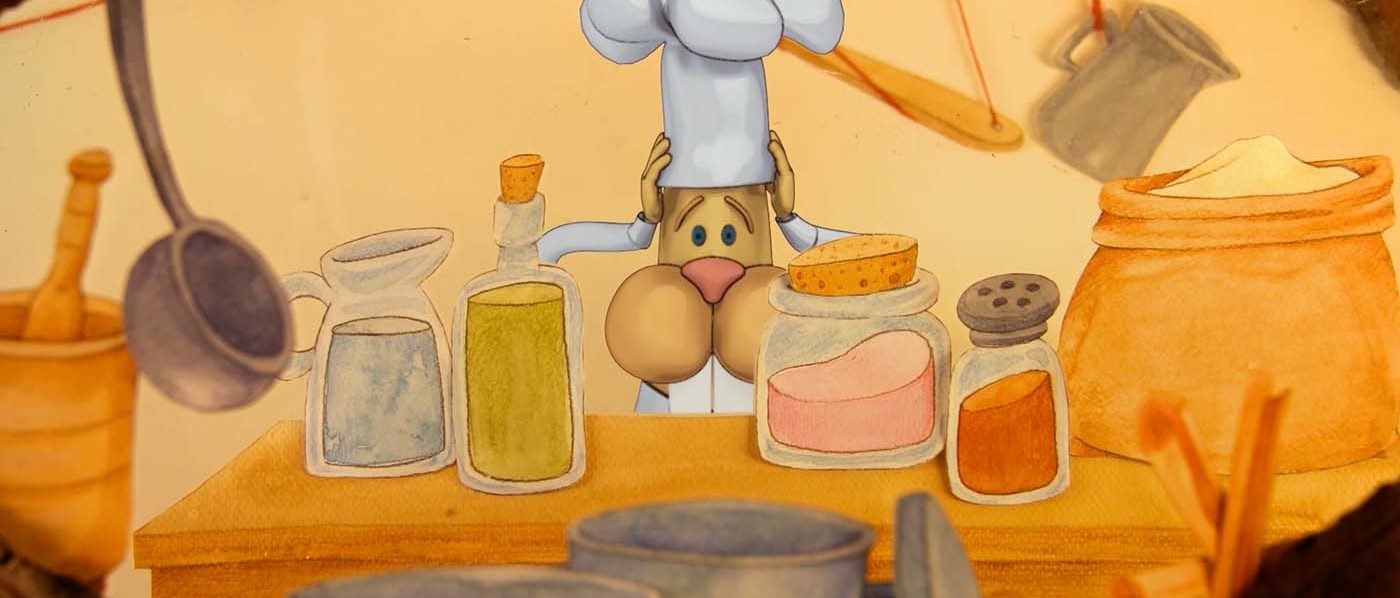
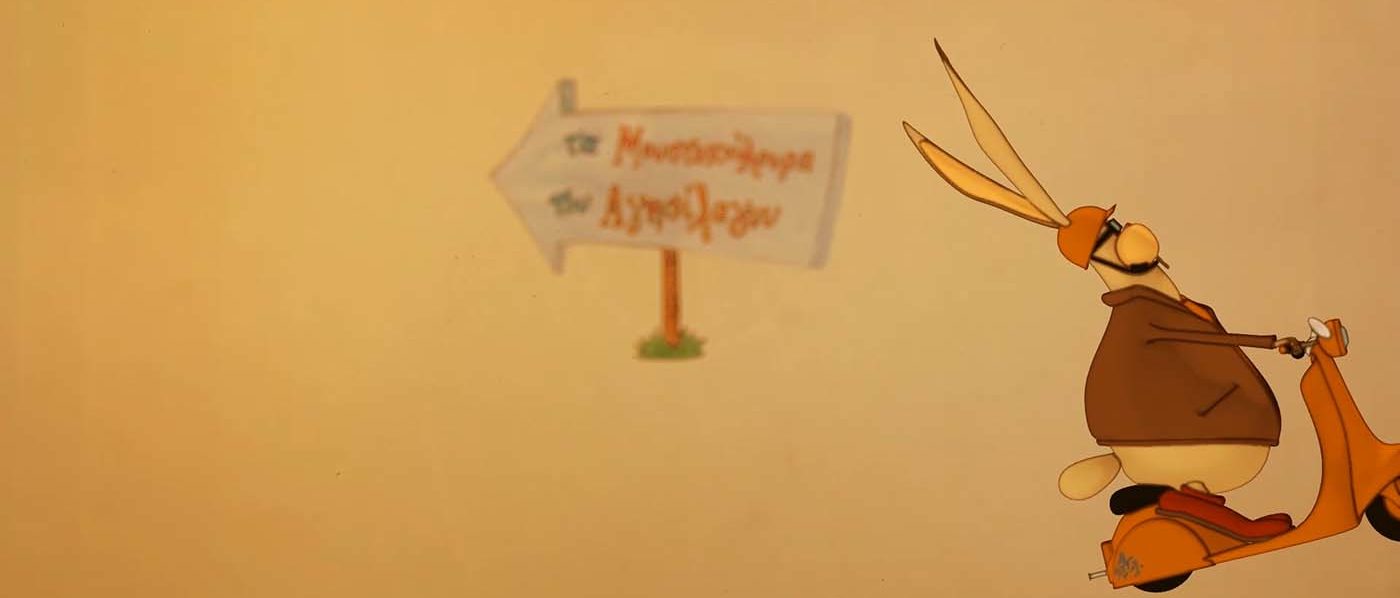
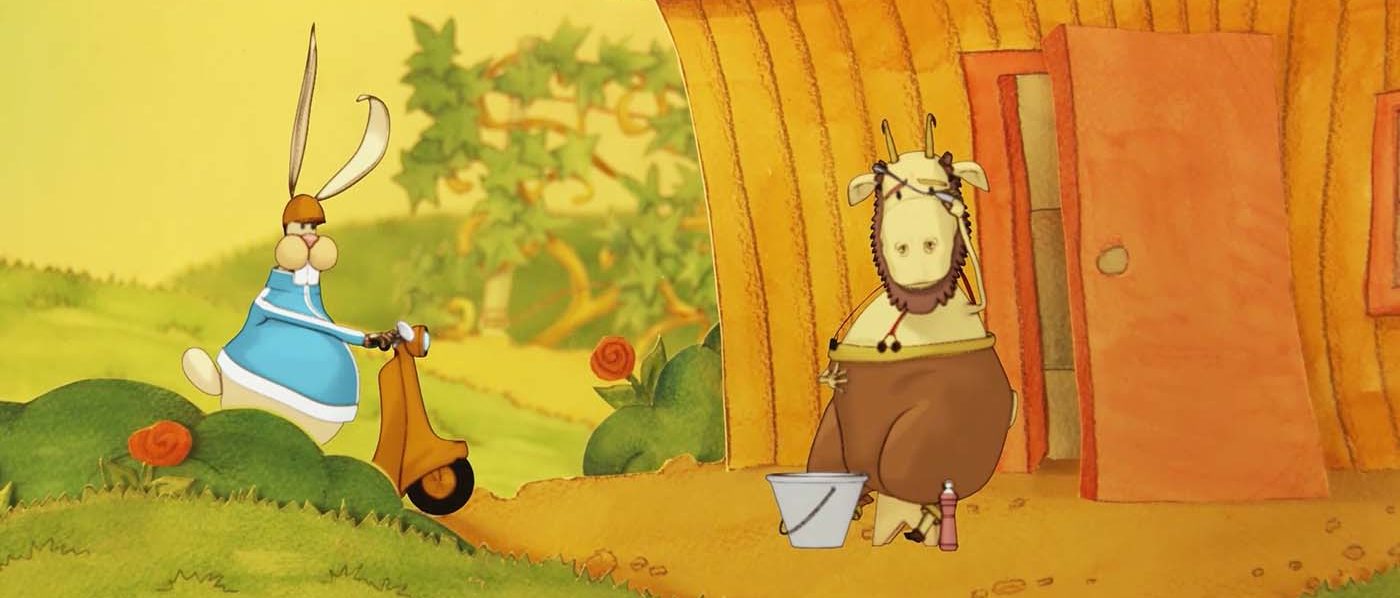
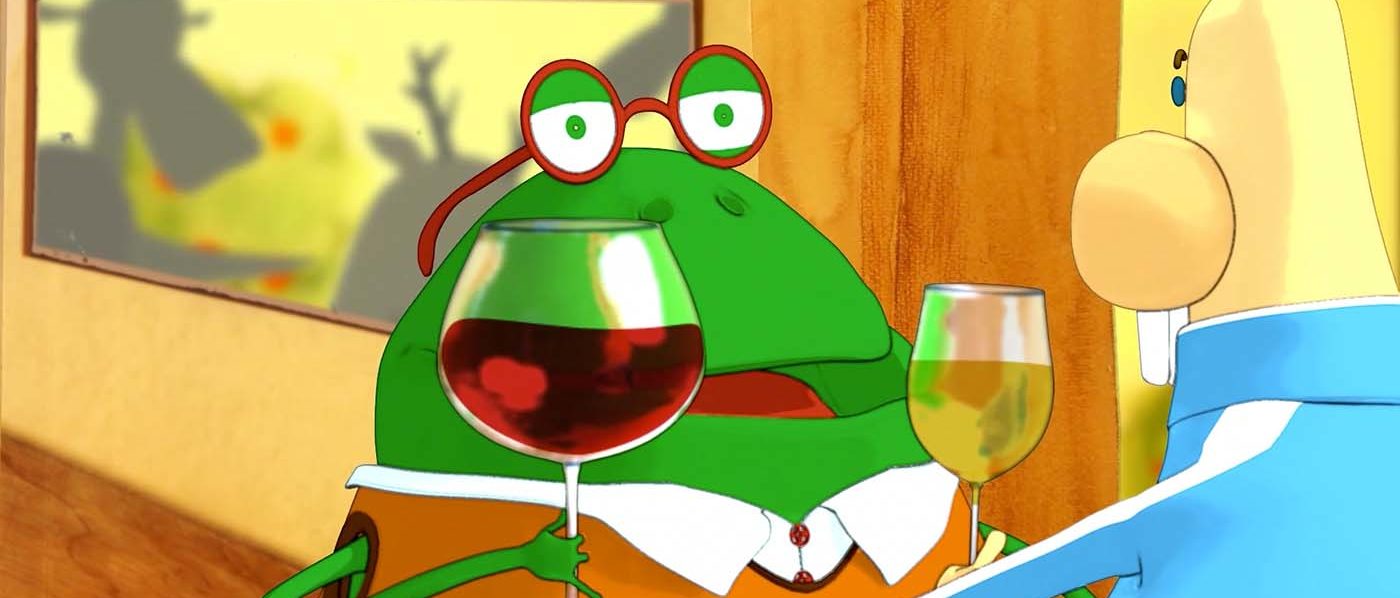


Τα Μουστοκούλουρα του Αγησίλαγου
του Δημήτρη Μπασλάμ
